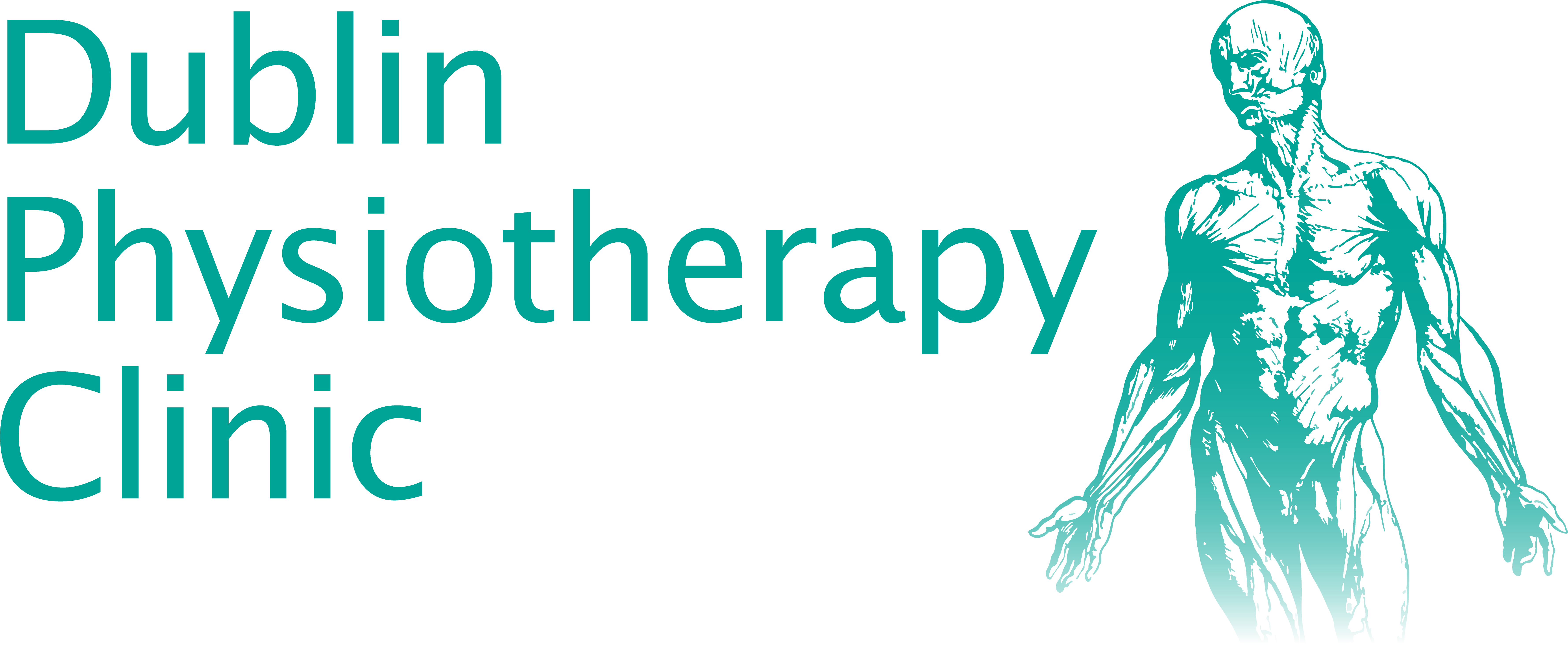Have you ever wondered what’s the difference between treating symptoms and causes?
Symptoms are the obvious “feelings” which tell you something wrong, sometimes where it hurts (and sometimes not) and if your like most people all you really want it’s for them to go away!
But all too frequently the attention is focused on treating symptoms and the underlying causes get ignored or neglected….just simply put on the “to-do list” for sometime in the future?
I’ve specialised in treating spinal painpatients for almost 30 years. Most of the cases we see have a general diagnosis of lower back pain (which really is a non-specific description of what’s causing symptoms).
The crux of our challenge clinically is not only to identify what structures are causing symptoms (I’m sure you’ve heard of discs, sciatica and arthritis) but more importantly to identify why these tissues are painful.
Sometimes it’s obvious if there’s a specific history of injury causing an inflammatory reaction but almost as frequently there isn’t a dramatic history and people are somewhat mystified as to how the symptoms occurred with something as simple as putting on socks or lifting the grandchildren.
This is such a common story we hear in Clinical practice that it always alerts us to an underlying process we must explore in greater depth.
Detailed examination is the key
There’s a lot of detail in this type of “deeper exploration” and most don’t want to know about the finer of examination that excite us clinicians – they just want Solutions and long-term prevention.
Of course, there are some conditions which won’t respond to physiotherapy and may need a surgical procedure. These are easy to identify and must be selected quickly for appropriate treatment.
The good news is that for the vast majority of spinal pain patients there are usually combinations of manual treatments, corrective exercise and preventative strategies which can be put in place to radically reduce the severity of low back symptoms.
Examination takes time
Of course this type of examination takes time sometime (40 minutes to an hour) and treatment always involves collaborative work from both parties.
The key is making this work achievable, practical and progressive (bit size chunks) with a view to achieving your desired outcome.
If you’d like more detail on what a thorough spinal examination should involve check out the Back pain section on our website www.Dublinphysio.ie to explore in greater detail.
Bye for now.




